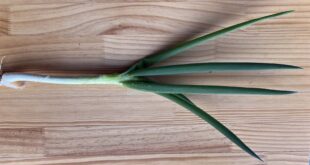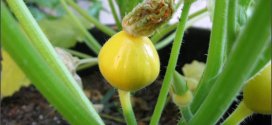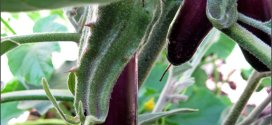Okra is a popular vegetable in many cuisines, especially in the southern United States, Africa, India, and the Middle East. It is known for its green pods that have a slimy texture and a mild flavor. But did you know that there is also a red variety of okra that has some unique characteristics and benefits? In this blog post, I will tell you everything you need to know about red okra: how to grow, harvest, and cook it.
What is Red Okra?
Red okra is a type of okra that has red or burgundy-colored pods instead of green ones. It is a member of the mallow family, which includes cotton, hibiscus, and hollyhock. Red okra is native to Africa, but it has been cultivated in other regions as well. It was introduced in the United States in 1983 by Leon Robbins at Clemson University, and it won the All-America Selections award in 1988.
Red okra has a similar shape and size as green okra, but it has a slightly sweeter flavor and a more tender texture. It also has more antioxidants than green okra, which may help protect against oxidative stress and inflammation. However, when cooked, red okra loses its red color and turns green, just like green okra. Raw red okra can add a splash of color to salads and other dishes.
How to Grow Red Okra?
Red okra is easy to grow in warm and sunny climates. It prefers rich and well-drained soil with plenty of organic matter. You can start seeds indoors four to six weeks before the last frost date, or sow them directly outdoors two to four weeks after the last frost date. To improve germination, you can either soak the seeds overnight or nick them with a nail clipper before planting.
Plant the seeds about half an inch deep and two inches apart in rows or hills. Thin the seedlings to six to eight inches apart when they are about four inches tall. Water regularly and fertilize every two to three weeks with a balanced fertilizer. You can also mulch around the plants to conserve moisture and suppress weeds.
Red okra plants can grow up to six feet tall, so you may need to stake them or provide some support. They produce large yellow flowers that attract pollinators and butterflies. The pods develop quickly after flowering, so you need to check them often and harvest them when they are young and tender.
How to Harvest Red Okra?
Red okra pods are ready to harvest when they are two to five inches long, usually 55 to 60 days after planting. Do not let them grow too large or they will become tough and fibrous. You can use a sharp knife or scissors to cut the pods from the stem, leaving about an inch of stem attached. Wear gloves when harvesting, as the pods and stems have tiny hairs that can irritate your skin.
Harvest red okra pods every two to three days, as they grow fast and can quickly become overripe. You can store them in the refrigerator for up to a week, or freeze them for longer storage. Do not wash them until you are ready to use them, as moisture can make them slimy.
How to Cook Red Okra?
Red okra can be cooked in various ways, such as microwaving, blanching, boiling, steaming, deep-frying, braising, or sautéing. You can also eat it raw in salads or pickles. Before cooking, wash the pods and trim off the stem ends. You can leave them whole or slice them into pieces.
One of the most common ways to cook red okra is to fry it in cornmeal batter until crispy and golden. This is a traditional dish in the southern United States, where it is often served with ketchup or hot sauce. Another popular dish is gumbo, a stew made with meat or seafood, vegetables, spices, and okra as a thickener. You can also add red okra to soups, curries, stir-fries, casseroles, or any other dish that calls for green okra.
Red okra has a mild flavor that blends well with other ingredients. Some of the best partners for red okra are tomatoes, corn, peppers, onions, garlic, lemon juice, vinegar, herbs, spices, cheese, eggs, bacon, ham, chicken, shrimp, fish, or beef3. You can experiment with different combinations and seasonings to create your own delicious recipes.








